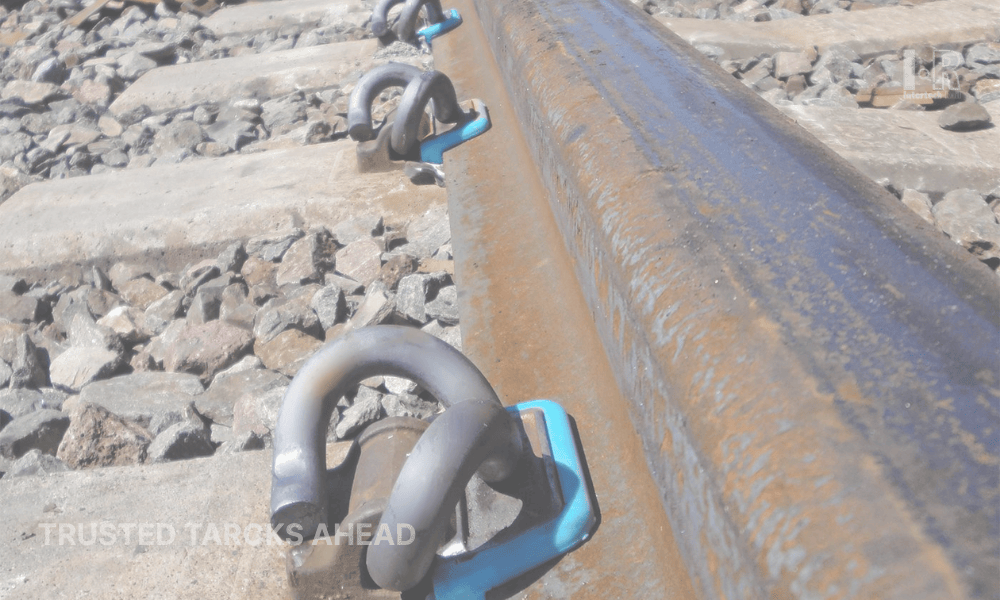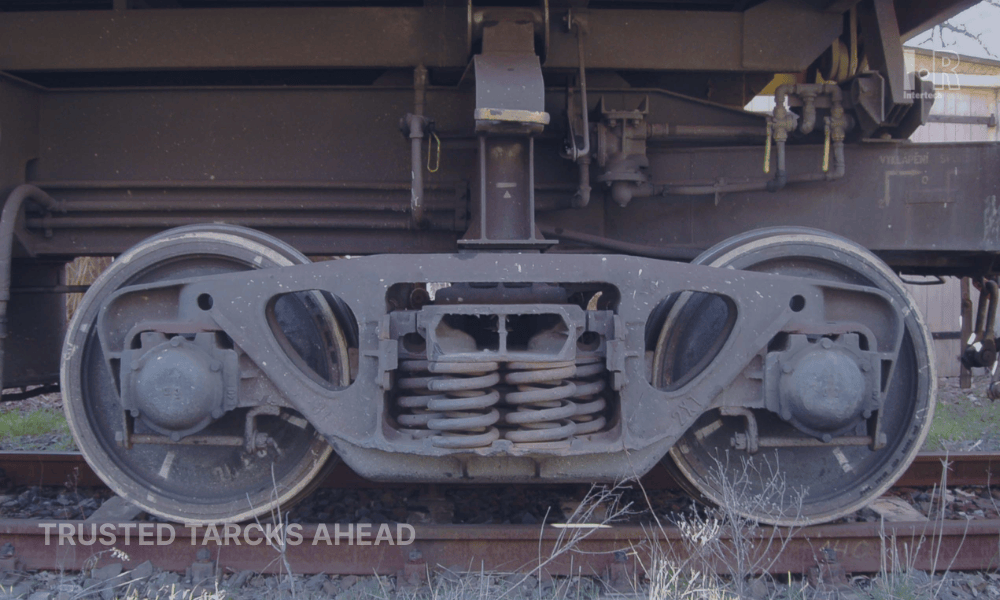Track Circuits and their Role in Train Movement
Railways have been an integral part of transportation systems for centuries, facilitating the movement of people and goods across vast distances. Ensuring safe and efficient train operations is of major importance in the railway industry. One crucial element in achieving this is the track circuit, a system designed to detect the presence of trains on the tracks. There is 3 different types of track circuits:
DC Track Circuits
DC (Direct Current) track circuits are among the most commonly used systems worldwide. They rely on a simple but effective principle: a continuous electrical circuit is established along the tracks, and any interruption in the circuit indicates the presence of a train. The track circuit is divided into multiple sections, each equipped with a relay and a pair of insulated rail joints. When a train enters a section, it bridges the insulated joints, completing the circuit and activating the relay, which relays the information to the signaling system.
DC track circuits are typically categorized into two types: occupied and unoccupied track circuits. An occupied track circuit indicates the presence of a train, triggering the signaling system to display signals accordingly. On the other hand, an unoccupied track circuit denotes that the section is clear of any trains.
AC Track Circuits
AC (Alternating Current) track circuits function on a similar principle as DC track circuits, but they employ alternating current instead of direct current. In AC track circuits, the continuous flow of current creates an electromagnetic field around the track. When a train enters the section, it disturbs the magnetic field, causing a change in the impedance of the circuit. This change is detected by the signaling system, signaling the presence or absence of a train.
AC track circuits offer advantages over DC circuits in terms of reduced rail corrosion and improved reliability in adverse weather conditions. They are commonly used in areas where the DC systems face challenges, such as coastal regions or areas with high humidity.
Axle Counter Systems
Axle counters are an innovative alternative to traditional track circuits, relying on advanced technology to detect trains. Instead of dividing the track into discrete sections, axle counters precisely count the number of axles passing a particular point on the track. This method provides accurate train detection and enables better control over train movements.
Axle counter systems employ various technologies, such as infrared sensors, magnetic sensors, or even radio frequency identification (RFID) tags placed on the train wheels. These systems offer increased flexibility, allowing for more precise train detection and improved efficiency in complex railway layouts.
Intertech Rail has developed a
wheel sensor technology with its EDK hardware, that accurate detects any train wheel using direct digital signal and communicates with all
Intertech Rail readers available without any connection in the middle. The wheel sensor technology also can detects not only the presence of a train but also the direction of it.
Importance of Track Circuits in Train Movement
Track circuits play a critical role in ensuring the safe and efficient movement of trains. Here are some key reasons why track circuits are of utmost importance.
Train Detection
Track circuits accurately detect the presence or absence of trains, providing real-time information to the signaling system. This allows for timely activation of signals, ensuring safe separation between trains and preventing collisions.
Signaling and Control
Track circuits form the backbone of the signaling system, relaying vital information about train positions. This enables the signaling system to display appropriate signals, guiding train movements and facilitating safe and efficient operation.
Train Tracking
By using track circuits in conjunction with advanced train control systems, operators can precisely track the location and movement of trains. This information is essential for effective scheduling, dispatching, and optimizing the utilization of railway infrastructure.
Enhanced Safety
The accurate detection of trains through track circuits enhances safety for both passengers and railway personnel. It enables effective implementation of safety measures such as automatic train protection (ATP) systems and level crossing control, minimizing the risk of accidents.




